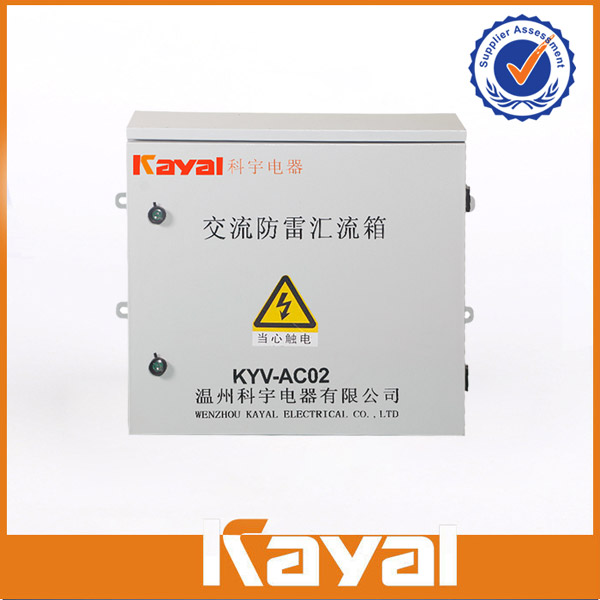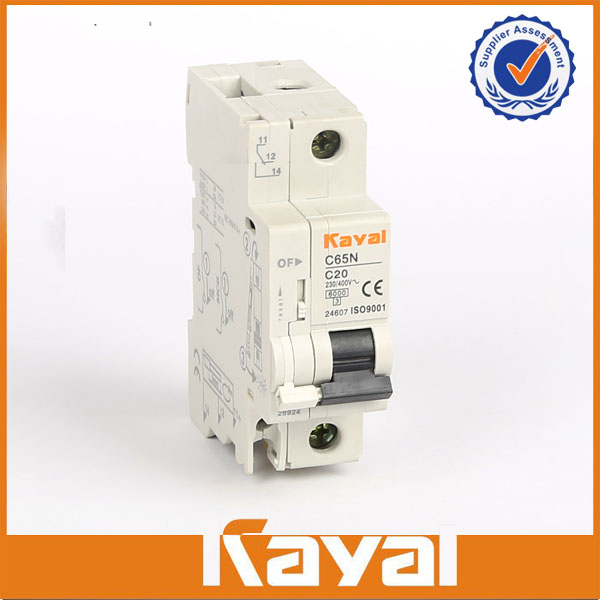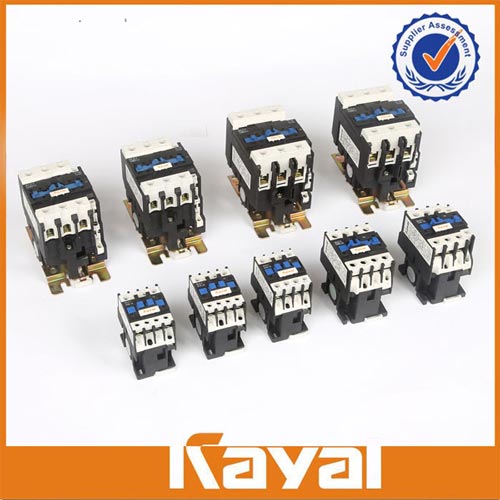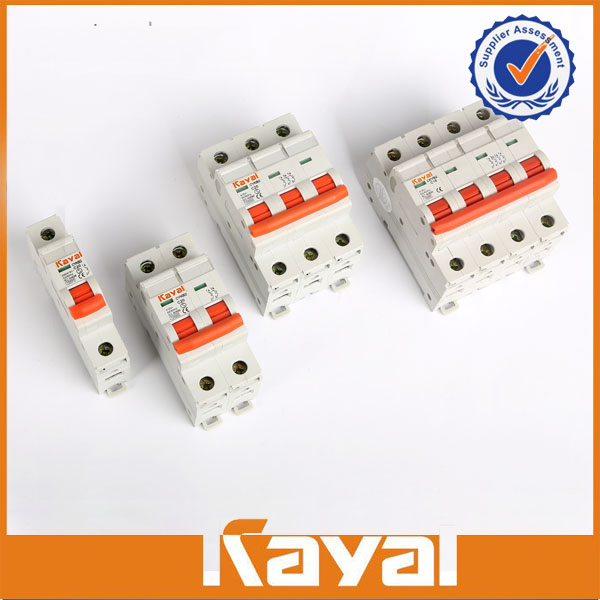How the circuit breaker works
Publish Time:2019-05-30 Author:admin Views:0
The circuit breaker generally consists of a contact system, an arc extinguishing system, an operating mechanism, a trip unit, a casing, and the like.
When short-circuited, the magnetic field generated by a large current (generally 10 to 12 times) overcomes the reaction force spring, the trip unit pulls the operating mechanism, and the switch instantaneously trips. When overloaded, the current becomes larger, the heat is increased, and the bimetal deforms to a certain extent to push the mechanism (the larger the current, the shorter the action time).
If there is an electronic type, the current of each phase is collected by using a transformer, and compared with the set value, when the current is abnormal, the microprocessor sends a signal to cause the electronic trip unit to drive the operating mechanism.
The function of the circuit breaker is to cut off and close the load circuit, and cut off the fault circuit to prevent accidents from expanding and ensure safe operation. The high-voltage circuit breaker is to break 1500V, the current is 1500-2000A arc, these arcs can be extended to 2m and continue to burn without extinguishing. Therefore, arc extinguishing is a problem that must be solved by high voltage circuit breakers.
The principle of arc-extinguishing and arc-extinguishing is mainly to cool the arc to attenuate the heat release. On the other hand, the arc-expanding arc strengthens the recombination and diffusion of the charged particles, and at the same time, the charged particles in the arc gap are blown off, and the dielectric strength of the medium is quickly restored.
Low-voltage circuit breakers, also known as automatic air switches, can be used to switch the load circuit on and off, as well as to control motors that are not frequently started. Its function is equivalent to the sum of the functions of some or all of the electric appliances such as the knife switch, over current relay, voltage loss relay, thermal relay and leakage protector. It is an important protection device in the low voltage distribution network.
Low-voltage circuit breakers are widely used because of their various protection functions (overload, short circuit, under voltage protection, etc.), adjustable action values, high breaking capacity, easy operation and safety. Structure and working principle The low-voltage circuit breaker is composed of operating mechanism, contacts, protection devices (various trip units), arc extinguishing system and so on.
The main contacts of the low voltage circuit breaker are manually operated or electrically closed. After the main contact is closed, the free trip mechanism locks the main contact in the closed position. The coil of the overcurrent release and the thermal element of the thermal trip are connected in series with the main circuit, and the coil of the undervoltage release is connected in parallel with the power supply. When the circuit is short-circuited or severely overloaded, the armature of the overcurrent release pulls in, causing the free trip mechanism to act and the main contact to open the main circuit. When the circuit is overloaded, the heat element of the thermal tripper generates heat to bend the bimetal and push the free trip mechanism. When the circuit is under voltage, the armature of the undervoltage release is released. The free trip mechanism is also actuated. The shunt release is used for remote control. In normal operation, the coil is de-energized. When distance control is required, the start button is pressed to energize the coil.





